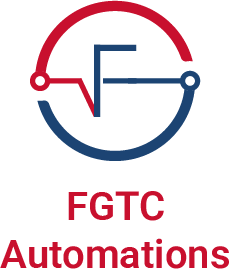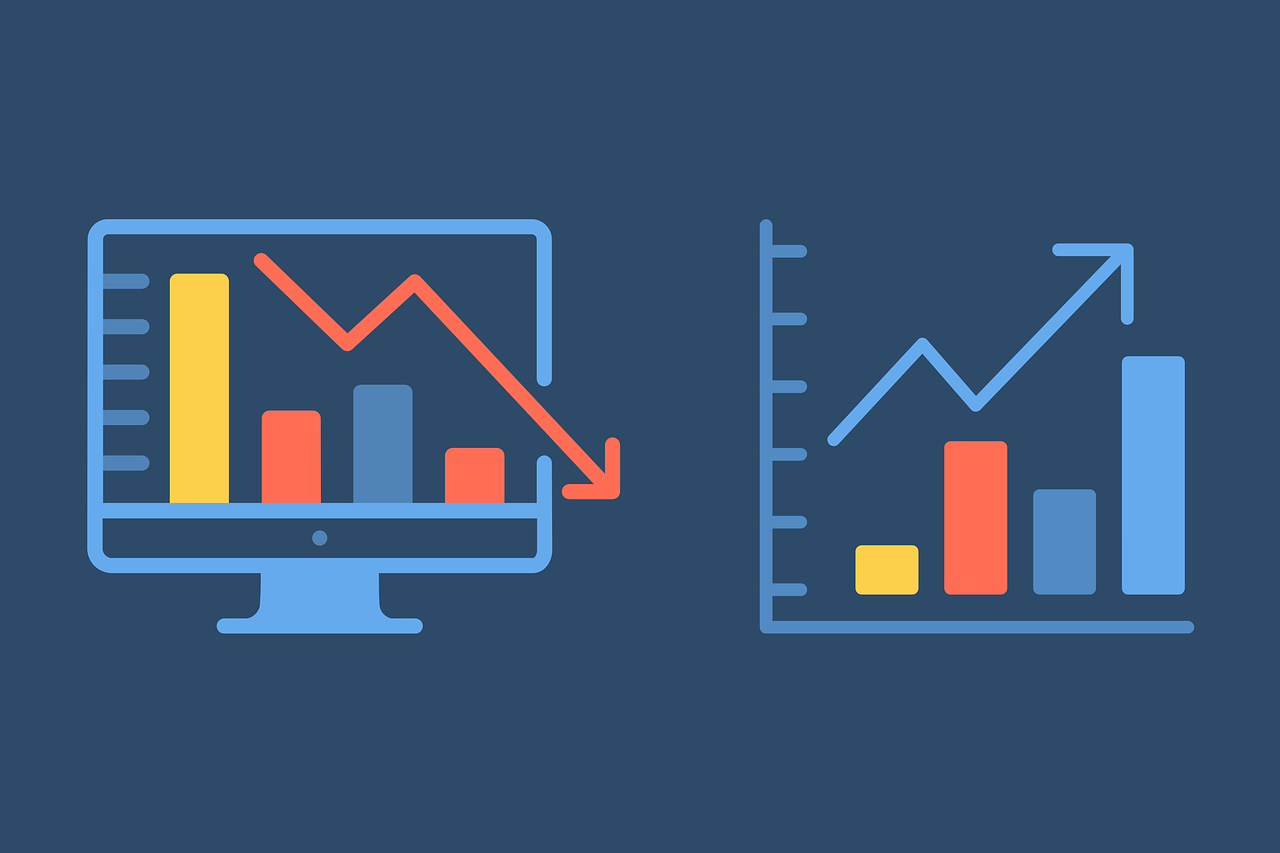


Explanation: Automates the collection of data from multiple sources, ensuring accuracy and saving time.
Example:

Explanation: Automation identifies errors, removes duplicates, and standardizes data formats to ensure data accuracy.
Example:

Explanation: Generates real-time dashboards and visualizations, removing the need for manual report creation.
Example:

Explanation: Predicts future trends based on historical data to support proactive decision-making.
Example:

Explanation: Segments customers automatically to enable personalized marketing and better retention strategies.
Example:

Explanation: Tracks KPIs in real-time, ensuring quick responses to underperformance or issues.
Example: